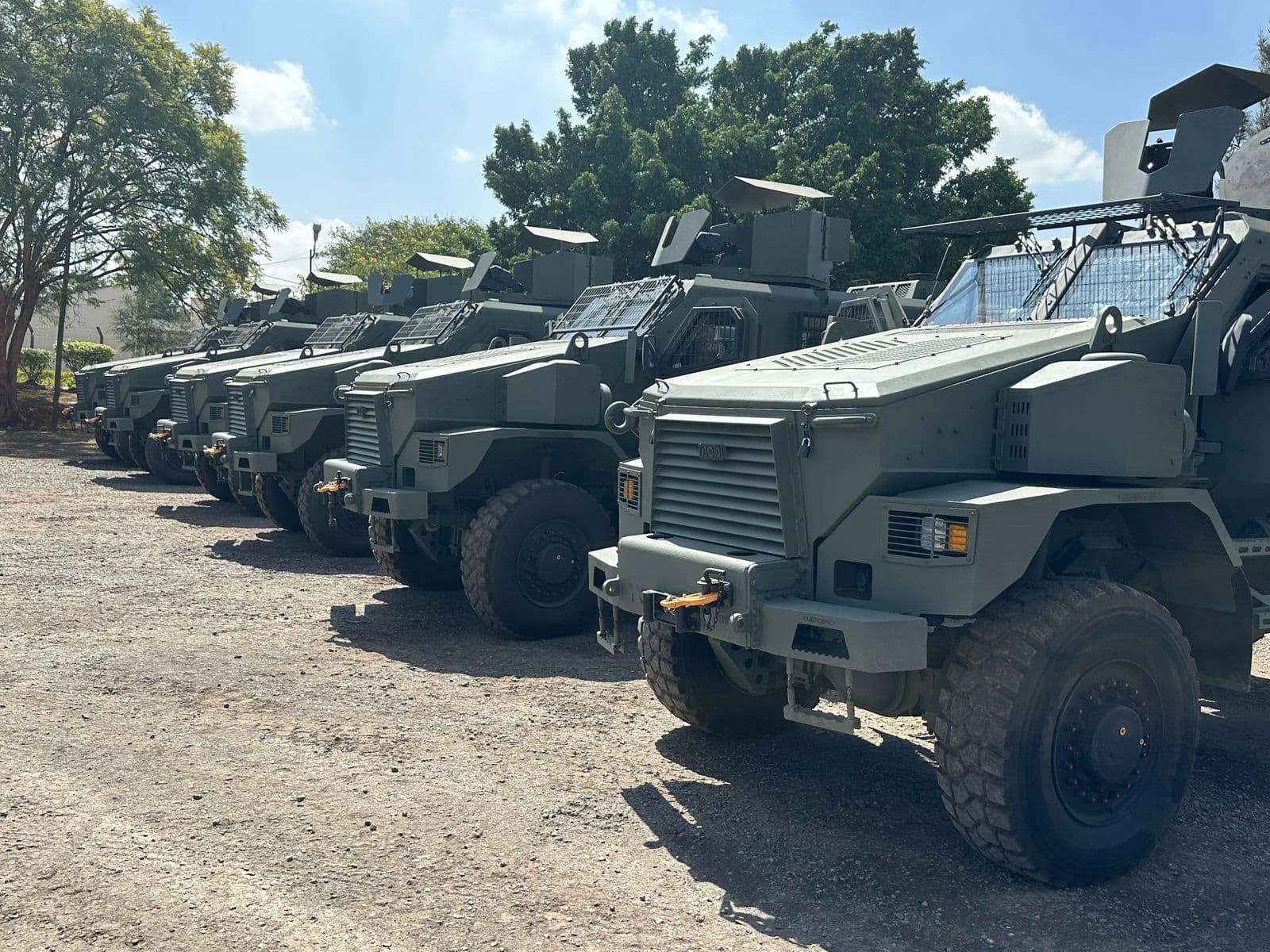We're loading the full news article for you. This includes the article content, images, author information, and related articles.
Increased competition from global automakers and favourable government tax incentives for local assembly are reshaping Kenya's pickup market, offering unprecedented choice for businesses and private owners.

Kenya's crucial pickup truck market is experiencing a significant shake-up as a wave of new and updated models enters the country, intensifying competition for established leaders Isuzu and Toyota. This expansion is driven by a combination of robust economic demand from key sectors and government policies designed to bolster local manufacturing, creating a dynamic environment that stands to benefit Kenyan consumers.
The demand for light commercial vehicles, a segment where pickups are king, is projected to grow at a compound annual growth rate of 6% between 2022 and 2027. This surge is underpinned by Kenya's expanding economy, with significant activity in construction, agriculture, and the small and medium-sized enterprise (SME) sector—all of which rely heavily on the utility and durability of pickups. The rapid growth of e-commerce has also fueled demand for vehicles capable of handling last-mile deliveries across both urban and rural terrains.
For years, the Kenyan market has been dominated by two main players: Isuzu East Africa and Toyota Kenya. As of the first half of 2025, Isuzu maintained its lead with a formidable 52.2% market share, while Toyota held 25.5%. The Isuzu D-Max is widely regarded as the workhorse of choice for commercial use, prized for its fuel efficiency and durability. The Toyota Hilux, conversely, has built an unparalleled reputation for reliability, versatility, and high resale value, making it a favourite for both business and personal use.
However, this duopoly is facing fresh challenges. New 2025 models from competitors like the Nissan Navara, Mitsubishi L200, and Ford Ranger are entering the market with modern features, improved comfort, and competitive pricing, aiming to capture a larger share of the mixed-use and lifestyle segment.
A critical factor shaping the market is the Kenyan government's sustained push for local vehicle assembly. To encourage investment, the government offers significant tax exemptions on locally assembled vehicles, including a waiver of the 25% import duty, 20% excise duty, and 16% VAT that are levied on fully-built imported units. This policy has been highly effective, with locally assembled vehicles accounting for a record 77.8% of all new vehicles sold in 2022, according to the Kenya Motor Vehicle Industry Association (KMIA).
This strategic incentive lowers the final cost for consumers and has encouraged major players like Isuzu, and CFAO Motors (representing Toyota and DT Dobie), to deepen their investments in local assembly plants in Nairobi, Mombasa, and Thika. The government further supports these assemblers by prioritizing them for its large vehicle leasing contracts.
The market is also expanding at the higher end. For the first time, American pickup trucks like the Ford F-150, Chevrolet Silverado, and Shelby F-150 Super Snake are set to be officially available in Kenya through factory-backed right-hand-drive conversion programs. While expected to occupy a niche segment due to their higher price point and powerful V8 engines, their entry signals the growing maturity and diversity of the Kenyan market.
For the average Kenyan buyer, this heightened competition is unequivocally good news. The expanding array of options means consumers are no longer limited to a handful of models. Key purchasing decisions will increasingly weigh factors like long-term reliability and parts availability—areas where Toyota and Isuzu excel—against the modern technology, comfort, and refined ride quality offered by newer challengers. As automakers vie for dominance, the ultimate winner is the Kenyan consumer, who now has a wider, more competitive, and more capable field of pickups to choose from than ever before.
Keep the conversation in one place—threads here stay linked to the story and in the forums.
Other hot threads
E-sports and Gaming Community in Kenya
Active 7 months ago
Popular Recreational Activities Across Counties
Active 7 months ago
The Role of Technology in Modern Agriculture (AgriTech)
Active 7 months ago
Investing in Youth Sports Development Programs
Active 7 months ago